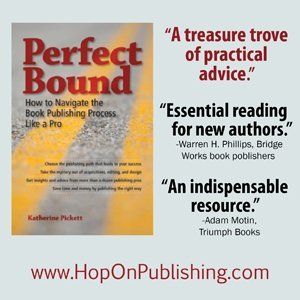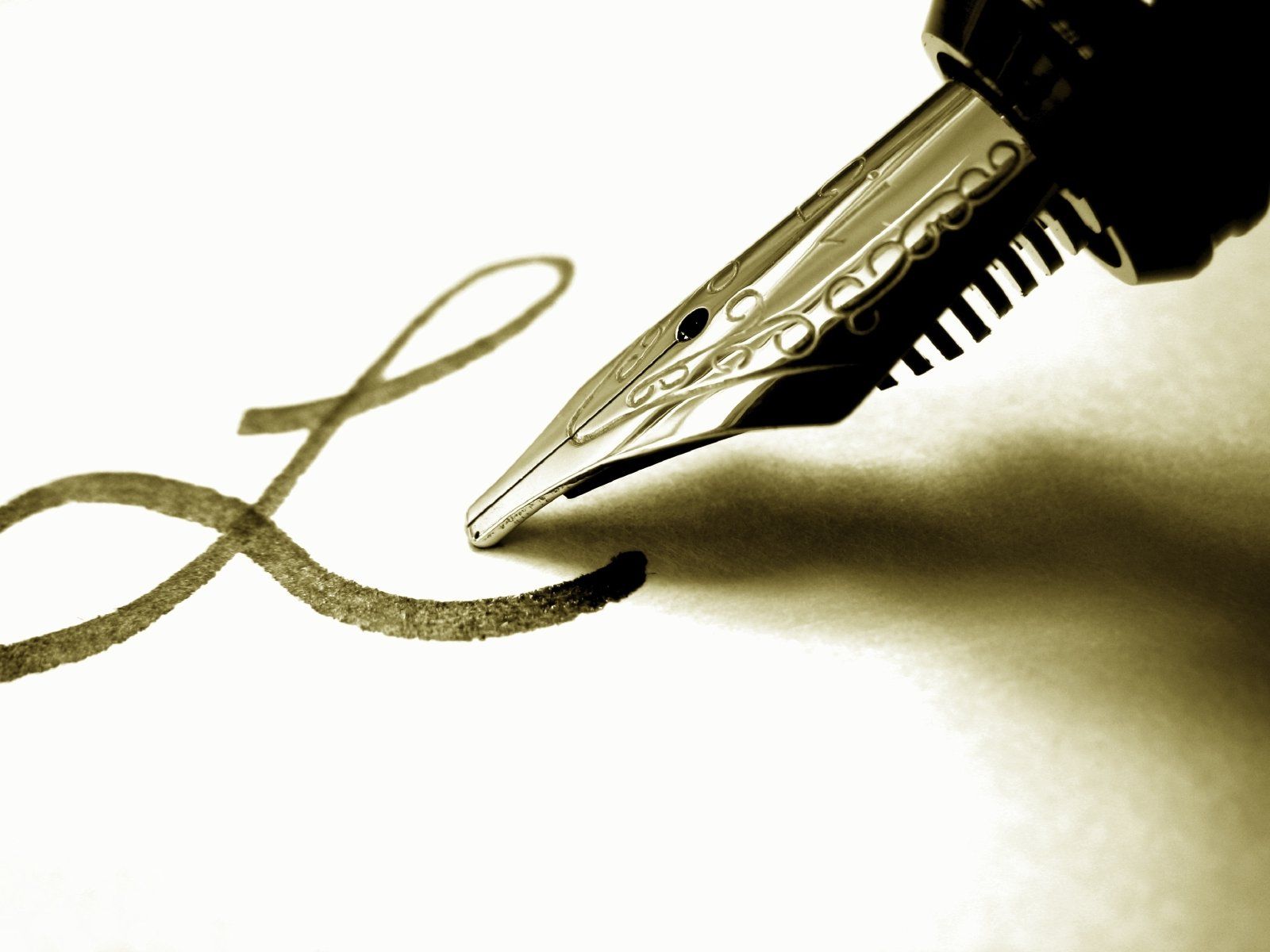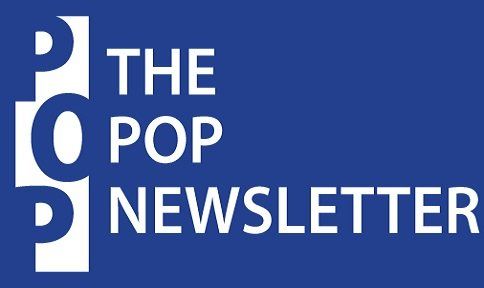The POP Newsletter
Publishing Stories: Author W.K. Dwyer on Self-Publishing "The Killing Flower"
Welcome to the second installment of Publishing Stories, a new series from The POP Newsletter i n which former POP Editorial Services clients offer publishing lessons for new authors. Today W.K. Dwyer shares his experience in publishing his newly released social science fiction novel, The Killing Flower .
Publishing a Book I Can Stand Behind
by W.K. Dwyer

In mid-October of 2016 I launched my debut novel, The Killing Flower . After more than seven years of writing, followed by two full years of editing, I held a launch party in DC, during which I referred to self-publishing as a misnomer, giving huge credit to the outstanding team I’d worked with, without whom I never would have completed my novel. Now that I’m on the other side, I want to share some of the details of this journey, the choices I made—good and bad—and what I think I ended up with as a result.
I began writing The Killing Flower in 2006, at a time in my life when I was in a lot of anguish. First, 9/11 had happened and was already deeply disturbing, but the nasty polarization that occurred around the time of the Iraq invasion had affected me personally. I felt I had lost my entire family, who I’d always been unusually close to; they had all gone to the other side of the political, sociological, and religious divide. This was alienating, frustrating, extremely upsetting for me, particularly because soldiers and innocent civilians were losing their lives overseas and our only response seemed to be screaming matches on Facebook.
So what motivated me was simply catharsis—writing was my way of working through my angst, and the fictitious character I made up could do anything he wanted to with that tragic situation. He could kill all the bad guys, he could tell the unedited truth about his family, he could survive war, he could bear listening to the two insane sides of America—one saying the sky is blue and the other saying skies don’t exist. As the story developed it became more about the character and his world, but I retained the overall framework, to create a metaphor for what I saw had happened to us post-9/11.
Although I had never published before, in fact had never been involved in journalism or writing clubs or anything related whatsoever, I had been writing all my life—personal journals, poetry and songs, and a few short stories. My mother, being an English major, introduced me to poetry at an early age and influenced my appreciation for literature. The classics were emphasized quite a bit in my preparatory high school, so I did obtain at least a decent foundation.
Despite this, I never considered myself to be well read at all. I was placed in remedial reading in seventh grade and never quite recovered; there are hundreds of novels I wish I had read and only a very small percentage of them I can say I have. So, for better or worse, when I began writing The Killing Flower my only points of reference for writing were a select set of books most would consider way out of the league of a first-time novelist.
What came out of all this was perhaps pure in the sense that it was naively written, with no bias from knowing the business side of things—targeting a particular audience, making the story marketable, fitting it into a specific genre. I simply focused on telling a good story, mimicking the novelists I had been exposed to and using techniques I had learned in school. “Build it and they will come” was my thought. Make a great product and a readership will follow.
The downside of this is that in the world of self-publishing, this almost never works. Without an established following, there is little chance of the book taking off initially, and if all I did was “build it” and put the book on Amazon there is a very real possibility that it would go completely unnoticed. Even if a few readers here and there are super impressed, no one will have any motivation to go shouting from the rooftops about how my book is the greatest thing since sliced bread.
Regardless of what has happened to the pub world in the last decade or so, it remains a business and excitement over a book is simply a commodity that is bought and sold.
Nevertheless, that was my approach, and it affected my decision to go with self-publishing over traditional as well. For me it was pretty clear; no way was I going to hand over the cover design to a publishing house and risk having readers get the wrong impression about my novel. It was an easy decision, and although it did sign me up for three solid months of stress, pushing the limits of my artistic side, and navigating through choices and judgment calls usually made by professionals, it did pay off in the end. My artist, Carlton Tomlin, came up with an absolutely brilliant interpretive piece of original art that fits the story perfectly, and I could not be happier with how the novel looks.
But the most critical part of this process by far was the editing. Again, with an emphasis on building the best product possible and doing things by the book, I turned to professionals in the business. I was lucky enough to find Katherine Pickett, a seasoned editor and self-publishing expert with more than a decade of experience in traditional publishing, including the editing of over 300 books. She not only played the role of my developmental editor, but also served as my personal self-publishing consultant-slash-mentor.
My first step in the process was to read her book, Perfect Bound , and it became my reference throughout. Although the query/editing was a ton of hard work, and was harrowing at times, it was extremely productive and positive every step of the way, even surprisingly so.
The manuscript we began with was a hodgepodge of passages, somewhat story-ish perhaps, but rather disjointed and very incongruent. What came out was a well-organized and smoothly flowing narrative; every passage had an important role, moved the story along, delivered the plot. It was so polished I actually considered skipping copyedit, but Katherine convinced me to go the extra mile again (and this was great advice).
Copyediting, which was performed by Christina Frey, was a similar experience for me. There were hundreds of queries and issues to work through, and those several months were extremely intense, but the entire effort was methodical and predictable and clearly added quality to the novel. Although I expected little more than fixing commas and grammar here and there, what I got was a second, laser-focused pass through the novel, fixing everything from timelines to fact-checking to character inconsistencies.
It was only after the copyedit phase was completed that it finally hit me what an actual professional-quality novel really looks like. Proofreading and interior design added the final look and feel, and the book was finally complete. Looking back, I consider the choice to have the book professionally edited— which obviously incurred some expense— well worth it and one of the best decisions I made.
All in all I am very happy with the results. Sure, some of the technical aspects of putting everything together were neglected and I would have been better off if I had followed Perfect Bound more closely and studied self-publishing for six months prior to starting the process. Researching Bowker, ISBNs, review sites, establishing a platform and followers, how to throw a launch party—these are things that are critical in the process and ideally should not be rushed at the last moment. But the most important thing by far is the book itself, and this was given top priority.
To market a book takes confidence in the product, and that is what I have achieved. Developing a new strategy or angle for marketing can be tweaked along the way; not so much for the novel itself. It has to be something I can stand behind, and it truly is.
W.K. Dwyer has written short stories and poetry for decades and was trained as a musician under J.D. Blair. Following the events of September 11, he stopped creating music to focus on writing and podcasting about the root causes of terrorism. The Killing Flower is his first novel.





